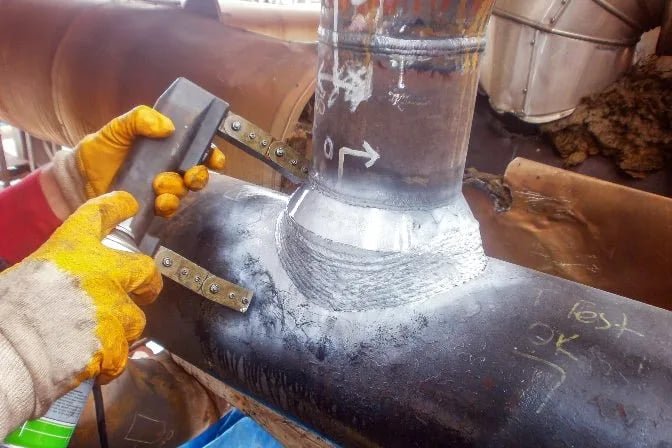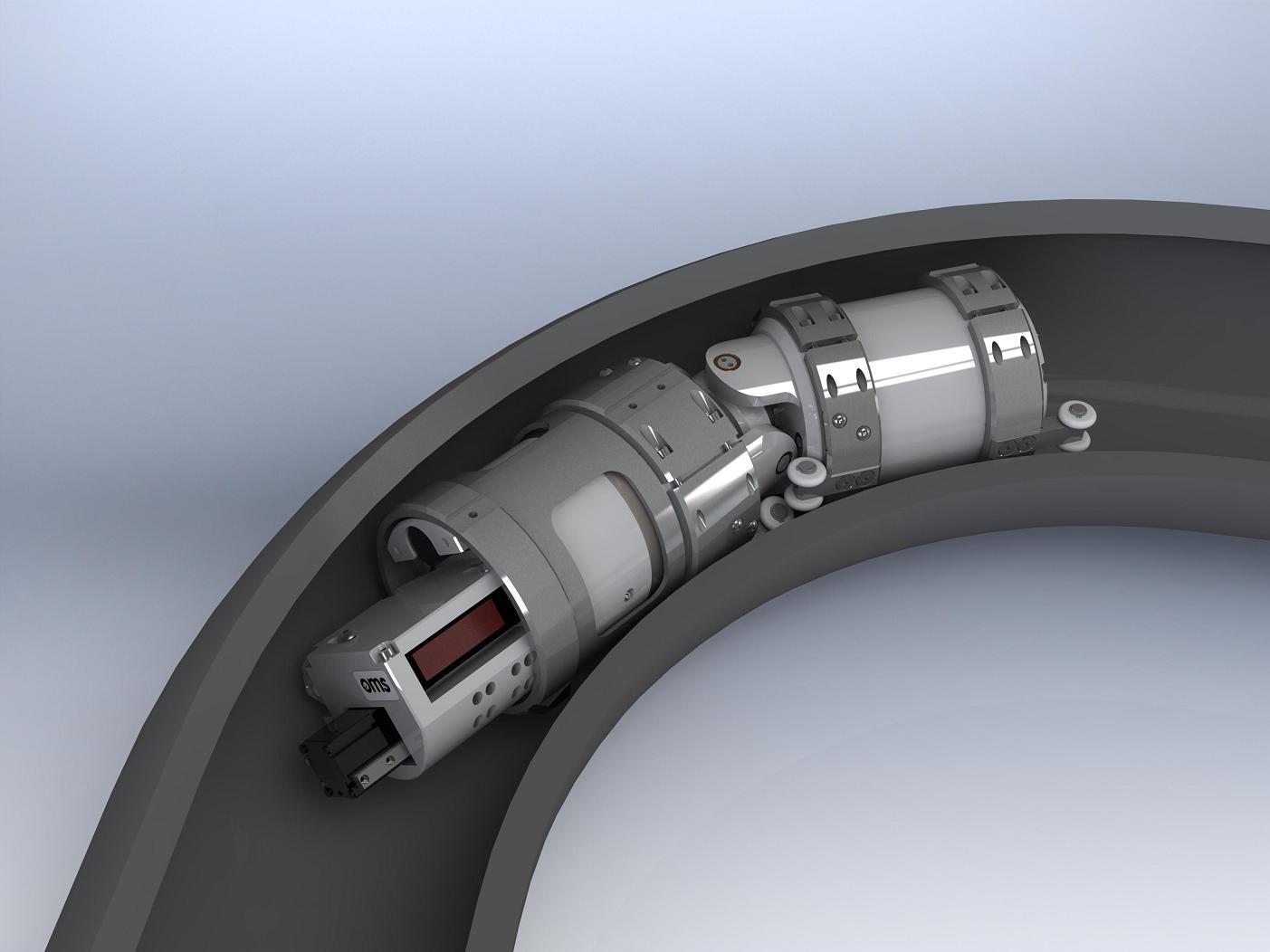Detailed Pipeline Welding Inspection Solutions for Industrialized Projects
Detailed Pipeline Welding Inspection Solutions for Industrialized Projects
Blog Article
Comprehensive Summary of Pipe Welding Examination Treatments
Pipe welding inspection treatments play a vital duty in assuring that welded connections satisfy rigorous market requirements and specifications. From thorough pre-welding examinations to extensive post-weld assessments, a well-defined inspection process is necessary for keeping the structural strength of pipelines.
Pre-welding Examination Preparations
Prior to starting the welding procedure, comprehensive pre-welding evaluation prep work are important to make sure the stability and top quality of the weld joint. These prep work entail a careful examination of the materials to be welded, the welding devices, and the work environment. By performing comprehensive pre-welding assessment prep work, prospective concerns can be identified and dealt with early on, leading to reputable and top quality weld joints.
Welding Treatment Qualification
Comprehensive pre-welding inspection prep work lay the foundation for the critical procedure of Welding Procedure Credentials, ensuring the honesty and top quality of the weld joint. Welding Treatment Certification (WPQ) is a crucial action in the welding process that entails testing and accrediting welding treatments to guarantee they meet certain standards and demands. The WPQ procedure commonly includes welding treatment requirements advancement, welding treatment certification testing, and documents of the outcomes.
Throughout welding treatment specification advancement, necessary information such as the welding procedure, welding materials, joint layout, and welding specifications are specified to create an extensive procedure. Subsequently, welding treatment credentials testing is conducted to verify the recommended treatment's integrity. This testing usually entails welding test vouchers that are subjected to different mechanical and non-destructive tests to assess the weld's high quality and adherence to the defined requirements.
In-process Weld Assessment
Throughout the welding process, in-process weld evaluation plays an essential duty in making sure the high quality and integrity of the weld joint - Pipeline Welding Inspection. This kind of inspection involves checking the welding parameters, analyzing the weld bead development, and discovering any prospective defects or interruptions as they happen. By conducting in-process weld evaluations, welding operators can immediately deal with any type of concerns that might develop, thereby stopping further issues and making sure that the final weld fulfills the needed specs
Usual approaches utilized for in-process weld assessment include visual assessment, liquid penetrant testing, magnetic particle testing, ultrasonic screening, and radiographic screening. In general, in-process weld inspection is important for preserving the quality and dependability of welded pipes.
Non-destructive Screening (NDT)
Non-destructive Screening (NDT) is an important approach used in pipe welding evaluation to assess the integrity of weld joints without causing damage to the bonded framework. By using numerous NDT strategies, inspectors can evaluate the this contact form quality of welds and recognize any flaws or interruptions that may endanger the architectural strength of the pipe. Typical NDT techniques used in pipeline welding assessment include Radiographic Testing (RT), Ultrasonic Testing (UT), Magnetic Fragment Testing (MPT), Liquid Penetrant Screening (LPT), and Visual Testing (VT)
RT involves using X-rays or gamma rays to create photos of the internal framework of the weld, enabling inspectors to spot issues such as porosity, cracks, or incomplete blend. UT uses high-frequency audio waves to detect defects below the surface area of the weld, providing thorough info about the size and location of issues. MPT and LPT are utilized to determine surface-breaking problems by applying magnetic bits or penetrant fluids to the weld location. Additionally, VT involves aesthetic inspection of welds to determine any visible flaws.
Post-weld Assessment and Documentation


Documents of post-weld inspection findings is crucial for keeping quality assurance documents and making sure compliance with sector criteria and guidelines. Comprehensive records need to include info concerning the inspection approaches used, the place and nature of any type of flaws discovered, and any kind of rehabilitative activities taken - Pipeline Welding Inspection. Appropriate documents not only serves as a record of the weld's quality yet also aids in future upkeep and evaluation procedures
Conclusion

In verdict, pipe welding examination procedures play a crucial function in making sure the high quality and honesty of welds. Generally, adherence to appropriate examination methods is essential to the success of pipeline welding tasks.
From meticulous pre-welding inspections to extensive post-weld assessments, a distinct evaluation procedure is essential for preserving the architectural strength of click here for more info pipelines. By carrying out in-process weld examinations, welding drivers can immediately address any problems that might develop, thereby preventing additional problems and making certain that the last weld fulfills the called for requirements.
Usual techniques used for in-process weld examination consist of visual assessment, liquid penetrant testing, magnetic particle testing, ultrasonic testing, and radiographic screening.Non-destructive Screening (NDT) is an important approach utilized in pipe welding inspection to assess the integrity of weld joints without creating damages to the bonded structure. Post-weld assessment entails numerous techniques to assess the welds for problems, including aesthetic assessment, dye penetrant testing, magnetic fragment testing, ultrasonic testing, and radiographic screening.
Report this page